Analyst Note:
This image shows a remnant of the Mado MD550 engine which is used to power the Shahed-136 series one-way attack drone. (ARES)
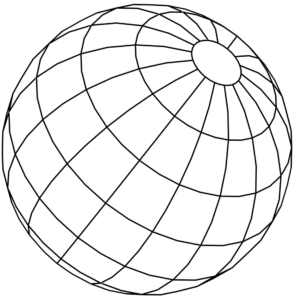
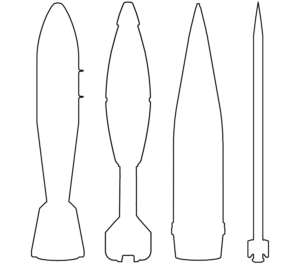

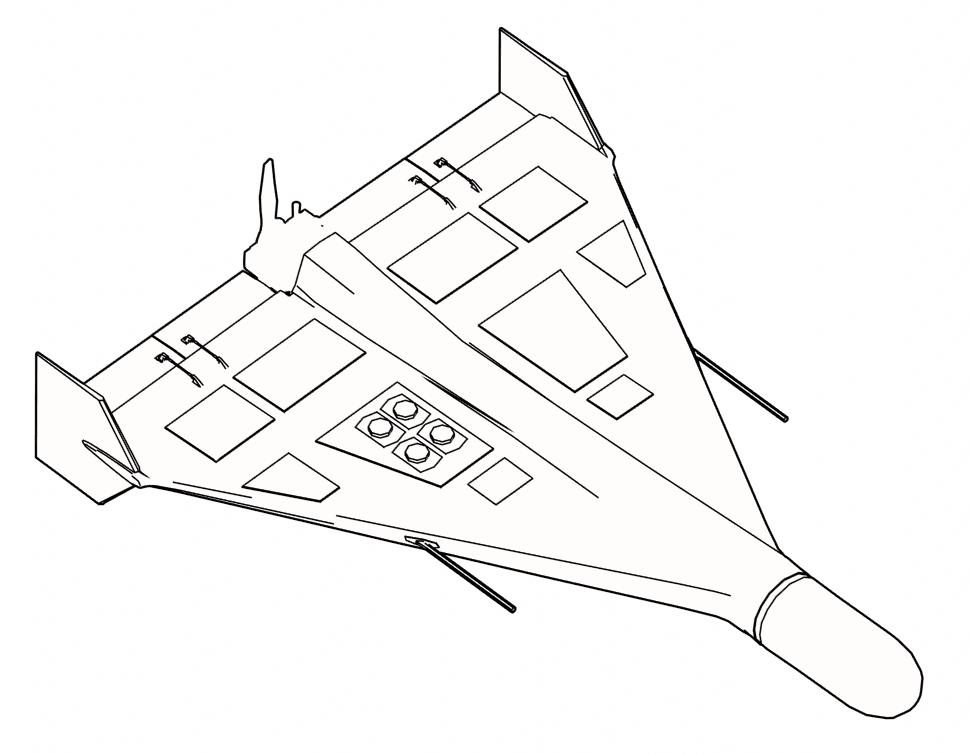 An Iranian-designed one-way Unmanned Aerial Vehicle (UAV), often referred to as a drone, with an estimated range of between 1,000 and 2,000 kilometres.
An Iranian-designed one-way Unmanned Aerial Vehicle (UAV), often referred to as a drone, with an estimated range of between 1,000 and 2,000 kilometres.
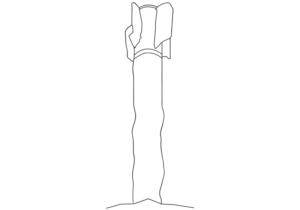


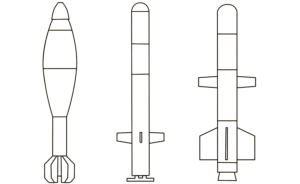


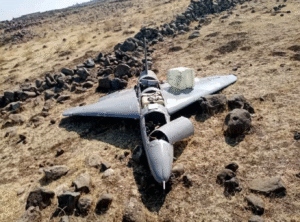
Dozens of verified images of munitions used by Iran and Israel during the June 2025 Israel-Iran conflict